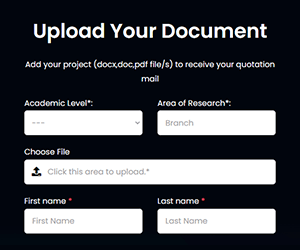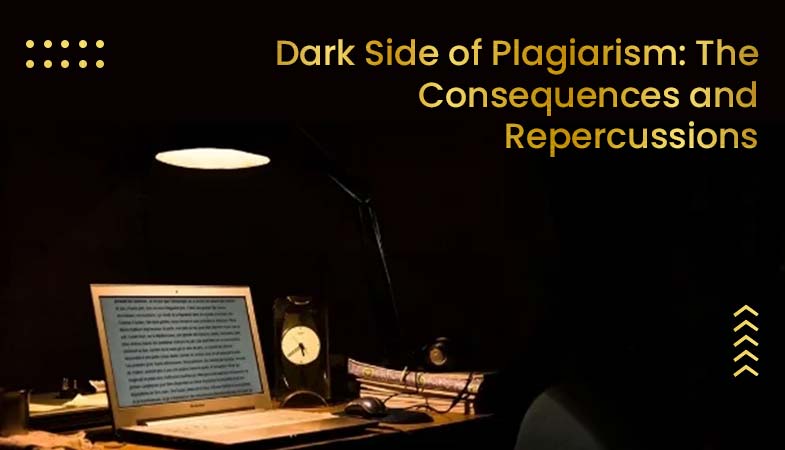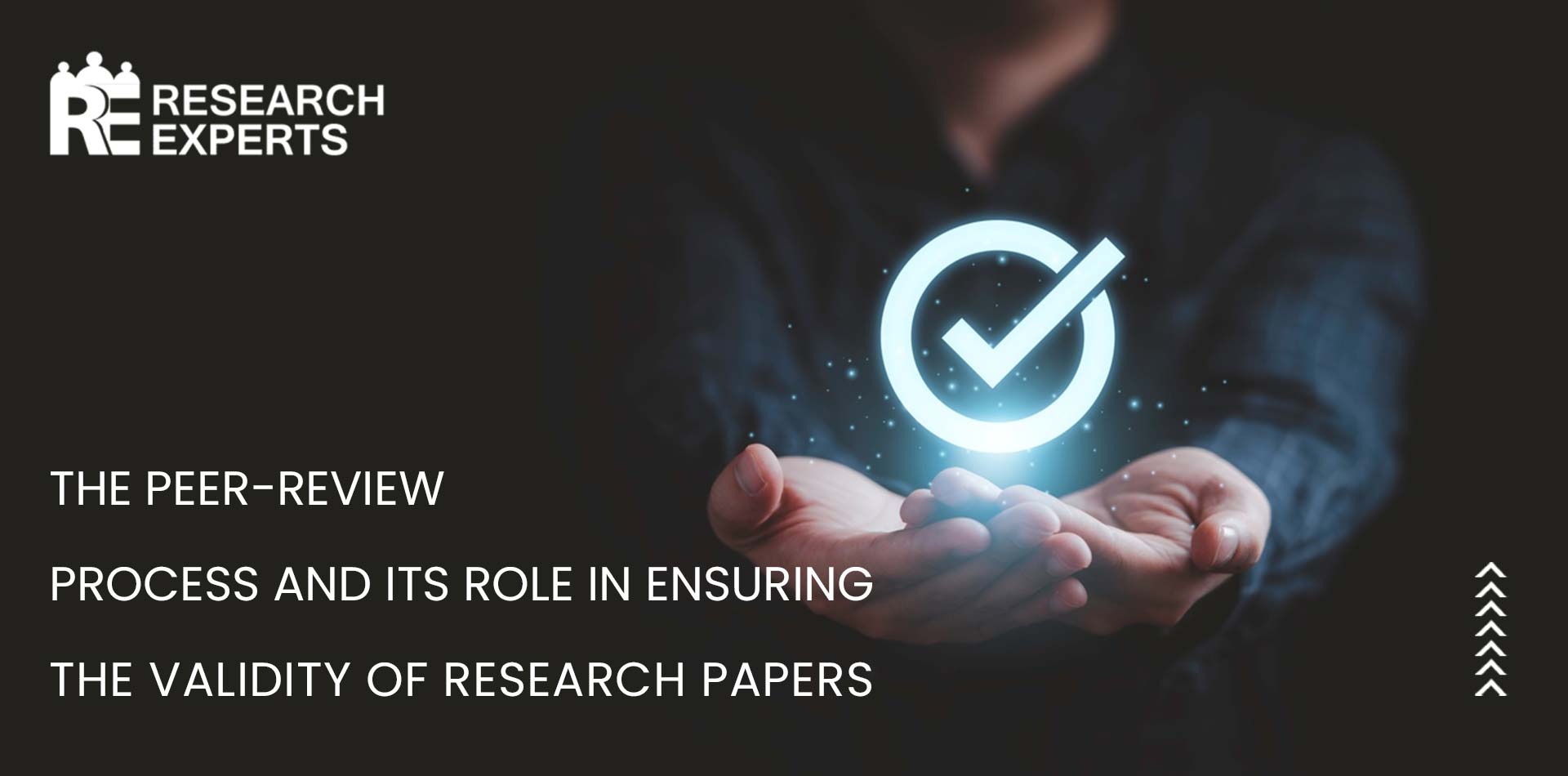
Creating an Effective Literature Review for Your Research
Creating an Effective Literature Review for Your Research – A literature review is an essential component of any research project, as it provides a comprehensive overview of the current state of knowledge in a particular field and helps to identify gaps in the current state of knowledge. In this article, learn about Creating an Effective Literature Review For Your Research.
Step 1 – Explain the research question
Establishing the research topic is the first stage in the process of writing an efficient literature review. This will serve as a guide for selecting relevant pieces of literature and will guarantee that the review is focused and effective. The research topic has to be very precise and should make it very obvious what the problem or issue is that will be addressed by the literature study. It is vital to keep the research question in mind during the process of doing the literature review. This will assist in guaranteeing that the review remains on track and tackles the intended subject, which is why it is so important to do so.
Step 2 – Find related sources
The next stage, after the identification of appropriate sources, is to study the material and then analyze it critically. This requires reading each source in great depth and taking notes on the most important arguments, evidence, and conclusions that are given. It is essential to conduct an in-depth analysis of the existing body of research, taking into account aspects such as the quality of the study, the procedures carried out, and the extent to which the findings are relevant to the problem at hand. In order to prevent plagiarism, it is essential to maintain track of your sources and to correctly credit them in your work.
Step 3 – Organize the literature
Following the reading and analysis of the relevant literature, the data must next be arranged in a cohesive manner and synthesized. To do this, the sources will first be organized according to a topic, and then a summary of the most important results will be written. The synthesis has to draw attention to the most significant parallels, and divergences shared by the sources, as well as pinpoint any lacunae or contradictions in the existing research. In order to make the review simple to read and comprehend, it is essential to make use of subheadings and bullet points.
Step 4 – Writing the literature review
Writing the actual review is the last stage in developing an efficient procedure for analyzing previous research. The research question, a summary of the most important findings, and an evaluation of the relevant literature should all be included in a well-organized and logically structured literature review. In addition, the research question should be stated very clearly. It should also offer an overview of the state of knowledge in the subject at the present time and highlight any gaps in the body of knowledge that the researcher’s own study may solve. In order to make the review understandable to the widest possible audience, it is essential to communicate in a straightforward and come to the forefront while avoiding the use of jargon.
Step 5 – Editing and proofreading
After finishing the literature review, it is necessary to revise and proofread the work to ensure its accuracy. This will contribute to ensuring that there are no errors in the review and that the language is crystal clear and simple to comprehend. It is also a good idea to invite another person to read the review and offer input on it, as a new set of eyes may frequently detect problems or places that need to be improved. It is also crucial to keep in mind that a literature review is an iterative process. This means that, depending on the circumstances, it may be necessary to return to steps 2 and step 3 in order to perform more reading and evaluation. To prevent being accused of plagiarism, it is crucial to keep track of the sources you use and to correctly credit them in your work.
Conclusion
In summing up, producing a comprehensive literature review is a vital stage in the process of doing any kind of study. Researchers may guarantee that the literature review they do is comprehensive, well-organized, and relevant to their research topic if they follow the methods provided in this handbook and use them as a roadmap.








